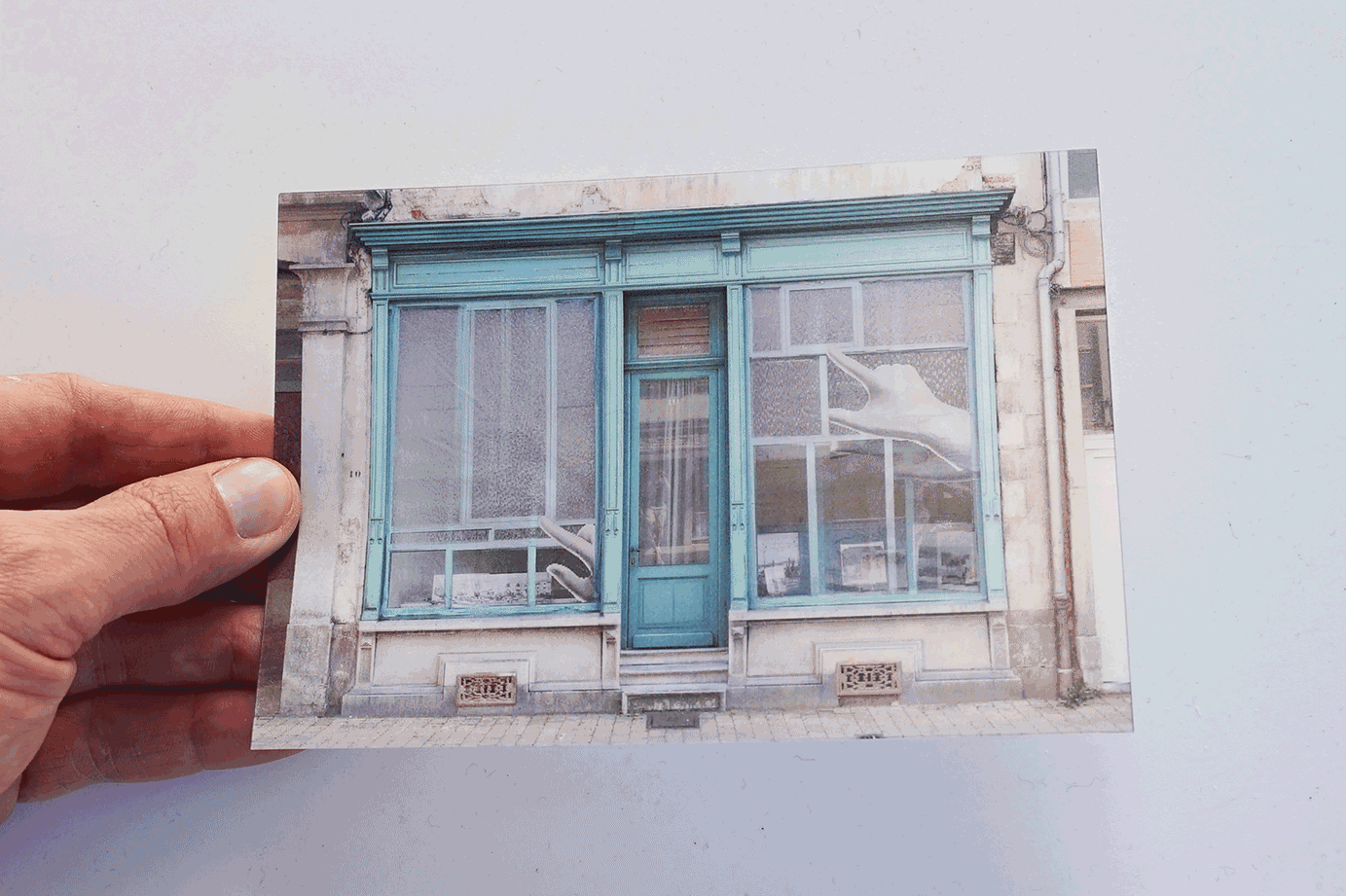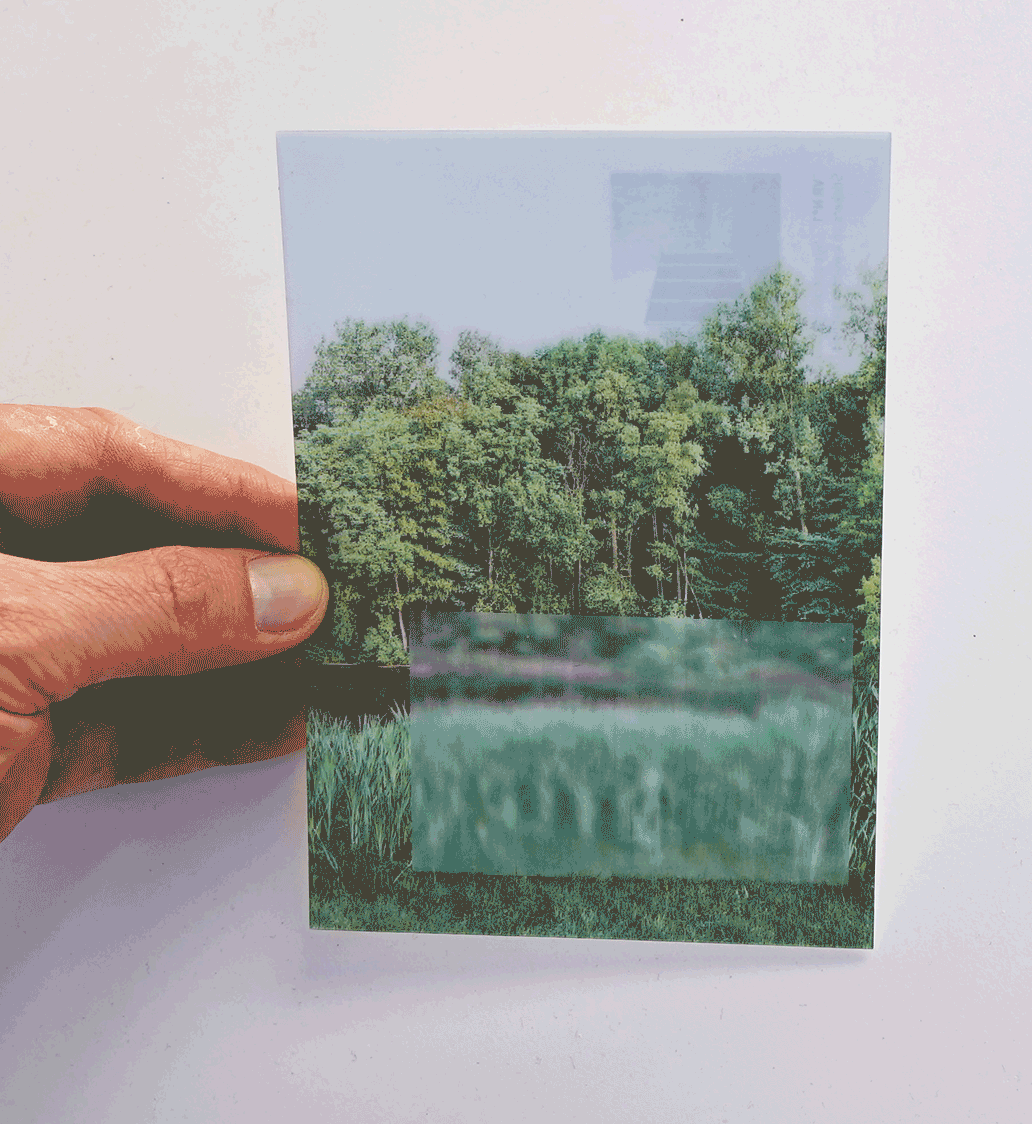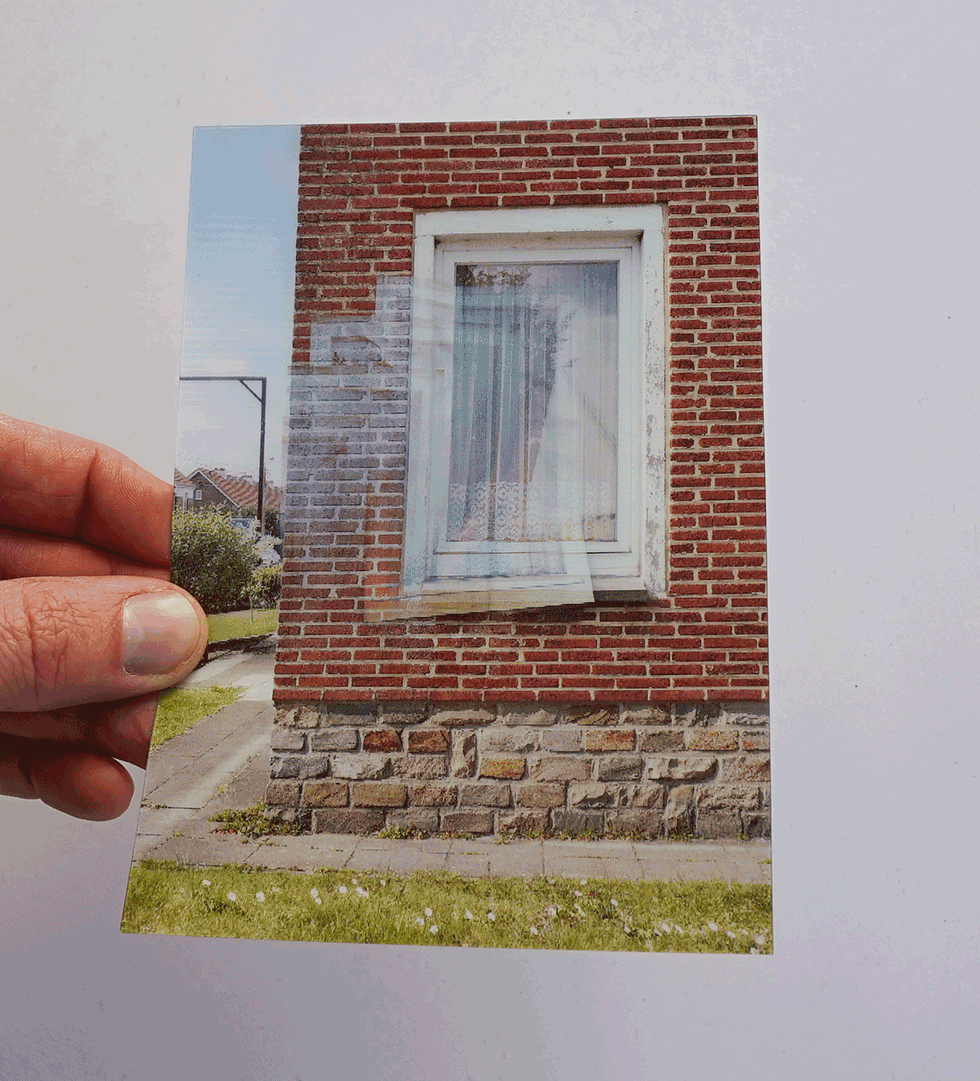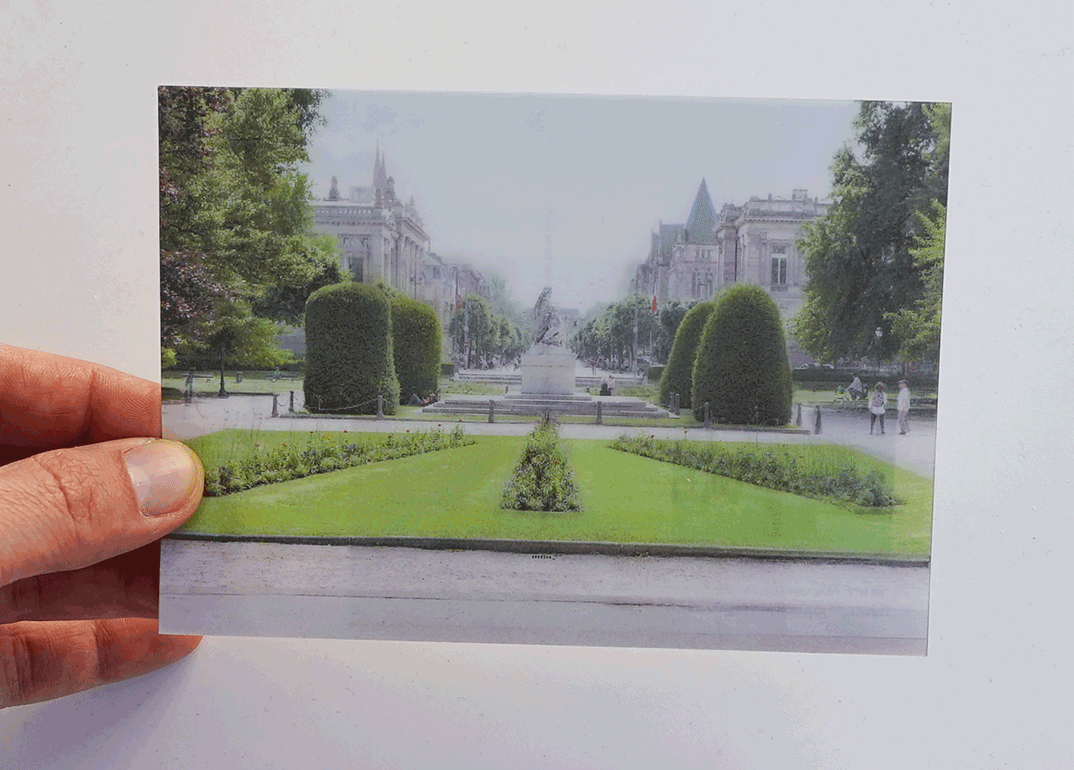



Mail art / Spam IRL
2016 — 2020
Lenticular Post card
Mail art is a way to convey a message or a kind of idea to someone which is not verbal; it is not a confrontation of two people. It’s an object which is opened in privacy, probably, and the message is looked at … You look at the object and, depending on your degree of interest, it very directly gets across to you what is there … —Ray Johnson
It was in the late 1950s that standard letters and postcards, through a surge of creativity and in the spirit of anti-institutionalism, grew into what we now know as ‘mail art’. Consisting of postcards, envelopes, rubber stamps, stickers, collage, and other paper ephemera, mail art in fact only has one common characteristic: that it be circulated through the postal service.
Although its origins can be traced back to the Dadaists and Italian Futurists, New York artist Ray Johnson is considered by many as the founder of contemporary mail art. In the 1950s, he began sending out small-scale collages he called “moticos,” some of which included simple instructions for the recipient. The mail was often meant to be sent back, or forwarded to another person, creating effective chains of artistic correspondence.
Mail art proved to be successful in countering existing institutions and galleries. Artists began corresponding with each other, disseminating their art, and creating notoriety through this unconventional method. Thus, due to its explicitly populist and anti-commercial tenants, mail art found a place within the countercultural art movements of the 1960s and 1970s.
Mail art, as a democratic response to the often elitist art world, attempted to dismantle the hierarchical system of museums and galleries. It was a populist form of art, allowing participation simply by writing a letter, sending a postcard, or responding to an open call for submissions. Today, the art form has expanded to include emails, faxes, and blogs. The distinctly democratic and inclusive qualities of mail art keep the form alive, even in our digital age.
(Source : Printed Matter, INC.)
Spam first wave
2014
Spams are placed in the postcards, they will be drawn to the harzard
2014
Spams are placed in the postcards, they will be drawn to the harzard
Thierry Verbeeck 2021

